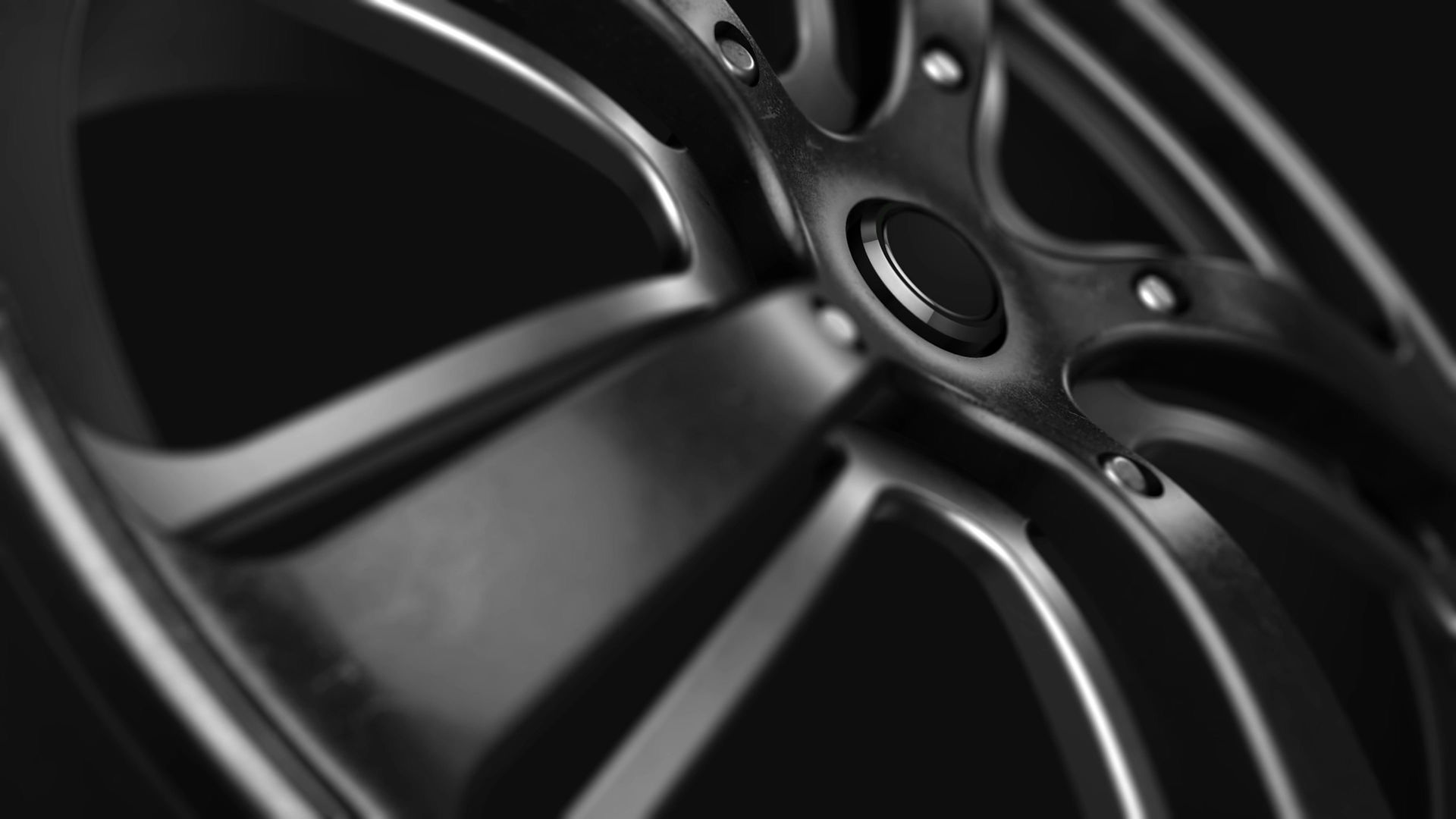Common mistakes and Corrections in operating Tire balancing machines
- enze6799
- Aug 11
- 4 min read
Common Mistakes in Tire Balancing Machine Operation and How to Correct ThemTire balancing is a precision task, but even experienced technicians can make errors that lead to inaccurate results, wasted time, or unsafe driving conditions. Identifying these mistakes early and understanding their corrections is essential for maintaining efficiency and customer satisfaction. Below are frequent missteps and actionable solutions to improve your balancing process.
Incorrect Tire Mounting and Alignment Issues
One of the most common errors is improperly mounting the tire on the balancing machine’s spindle. This often happens when the wrong cone or flange nut is selected for the rim’s center bore diameter. A mismatched cone causes the tire to sit off-center, leading to skewed imbalance readings. For example, using a cone that’s too small may allow the tire to wobble during rotation, while one that’s too large won’t fit securely, creating gaps that disrupt measurements.
To correct this, always measure the rim’s center bore with a caliper or reference the vehicle’s manual before selecting a cone. Ensure the cone fits snugly without forcing it, and verify that the tire sits flush against the mounting hood. Some machines include a visual alignment indicator—a gap between the tire and hood means remounting is necessary. Additionally, avoid over-tightening the flange nut, as this can distort the rim or damage the spindle.
Another alignment-related mistake is failing to center the tire manually before starting the balance cycle. Even with a correctly fitted cone, slight misalignment can occur during mounting. Before spinning the tire, gently rotate it by hand and observe if it wobbles. If it does, loosen the flange nut, reposition the tire, and retighten it. This simple check prevents the need for repeated balancing attempts due to poor initial alignment.
Misinterpreting Balance Data and Applying Weights Improperly
Interpreting imbalance readings incorrectly is a frequent source of errors, especially for technicians new to balancing machines. Static imbalance (vertical vibrations) and dynamic imbalance (horizontal vibrations) require different correction approaches, but mixing them up leads to persistent vibrations. For instance, applying weights only to the outer rim when dynamic imbalance is present ignores the inner bead’s contribution, leaving the tire unbalanced.
To avoid this, carefully review the machine’s display after each cycle. Static imbalance will show a single value indicating where to place weights on one side of the rim, while dynamic imbalance displays two values for inner and outer positions. Some machines use arrows or color-coded lights to clarify placement, making it easier to distinguish between the two. If unsure, run a second cycle to confirm the readings before attaching weights.
Weight application errors also stem from using incorrect types or amounts. Adhesive weights may fall off alloy rims if the surface isn’t cleaned properly, while clip-on weights can scratch steel rims if attached too aggressively. Always clean the rim’s bead seat with a wire brush or alcohol wipe before applying adhesive weights, and press firmly for 10–15 seconds to ensure adhesion. For clip-on weights, use pliers designed for the task to avoid damaging the rim’s finish.
Overlooking Machine Calibration and Maintenance Needs
Neglecting regular calibration and maintenance is a critical mistake that affects every balancing job. Over time, sensors, spindles, and mounting hoods wear down, leading to inaccurate readings even if the tire is perfectly balanced. For example, a dirty or misaligned sensor may detect false vibrations, prompting unnecessary weight corrections. Similarly, a bent spindle causes the tire to rotate unevenly, mimicking imbalance issues.
To prevent this, follow the manufacturer’s guidelines for calibration frequency—typically every few months or after a set number of balances. Calibration involves running a test cycle with a known reference weight to verify the machine’s accuracy. If the results deviate from expected values, adjust the machine using its built-in tools or consult the manual for troubleshooting steps.
Daily maintenance is equally important. Wipe down the spindle, sensor arms, and mounting hood after each use to remove dirt, grease, or metal shavings. Inspect the power cord and control panel for damage, and replace worn cones or flange nuts immediately. Lubricate moving parts like the spindle lock if recommended by the manufacturer to ensure smooth operation.
Ignoring Environmental Factors and External Interferences
Environmental conditions can silently undermine balancing accuracy, yet they’re often overlooked. For instance, operating the machine on an uneven floor causes vibrations that the sensors mistake for tire imbalance. Similarly, drafts from open doors or windows can shake lightweight components like adhesive weights, making them appear misplaced.
To mitigate these issues, position the balancing machine on a level, stable surface away from air vents, doors, or heavy foot traffic. Use a spirit level to confirm the floor’s evenness, and adjust the machine’s feet if it has adjustable legs. If working in a garage with concrete floors, place anti-vibration mats under the machine to dampen residual vibrations from nearby equipment.
External interferences also include electromagnetic fields from motors, welders, or wireless devices, which can disrupt digital balancing machines. Keep the machine at least 3–5 feet away from such sources, and avoid using mobile phones or tablets near the control panel during operation. If interference persists, switch to a manual balancing mode (if available) to isolate the issue.
By addressing these common mistakes—from mounting errors to environmental oversights—you can significantly improve the accuracy and efficiency of your tire balancing process. Consistent attention to detail and adherence to best practices ensure safer rides and fewer comebacks, building trust with customers and enhancing your reputation as a reliable technician.





Comments